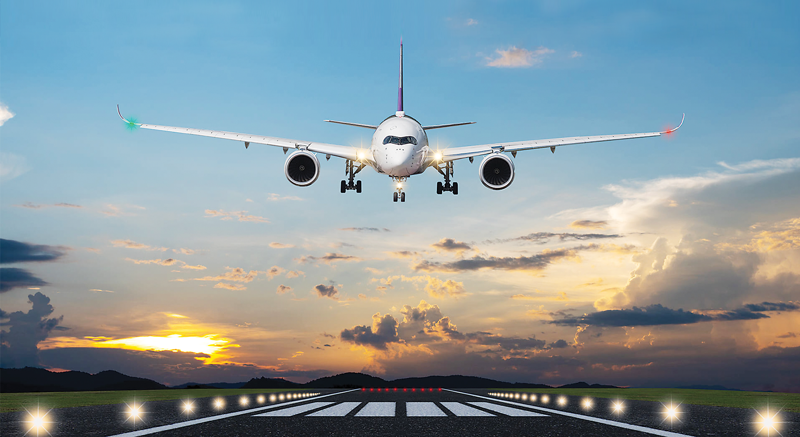Vietnam’s favorable new visa policies and improvements to aviation infrastructure are viewed as important factors helping aviation businesses make a full recovery and boost the sector’s growth, according to analysts.
Figures from the Civil Aviation Authority of Vietnam (CAAV) show that airports around Vietnam catered to 32.6 million passengers on domestic flights and 23.7 million on international flights in the first nine months of 2023, down 3.6 per cent year-on-year but up an extraordinary 266.8 per cent, respectively.
Five Vietnamese carriers currently exploit 67 domestic air routes with some 650 flights a day connecting Hanoi, Ho Chi Minh City, and central Da Nang city with 19 local airports.
Vietnam’s international air transport market continues to maintain its recovery momentum with traditional markets, except for China and Russia, and also has new markets in Central Asia, such as Kazakhstan, Uzbekistan, and Turkmenistan, according to the CAAV. Local carriers have also been expanding routes to India and Australia.
There are currently 64 foreign airlines and five Vietnamese airlines conducting over 169 international routes linking Vietnam to 28 countries and territories in North America, Europe, the Middle East, Asia, and Africa.
Analysts expect that the international passenger market will make a full recovery to pre-pandemic levels by 2025 and help domestic aviation businesses boost profits.
Amid rapid recovery in the domestic aviation sector and anticipation of a greater return of international visitors, accelerating aviation infrastructure projects should be given priority to prevent delays, analysts believe.
Standing Deputy Director General of Bamboo Airways Truong Phuong Thanh said many airports have been upgraded recently, creating more favorable conditions for passengers. However, the majority of airports were built and put into use a long time ago, so some upgrades have failed to meet demand and match growth in passenger numbers.









 Google translate
Google translate